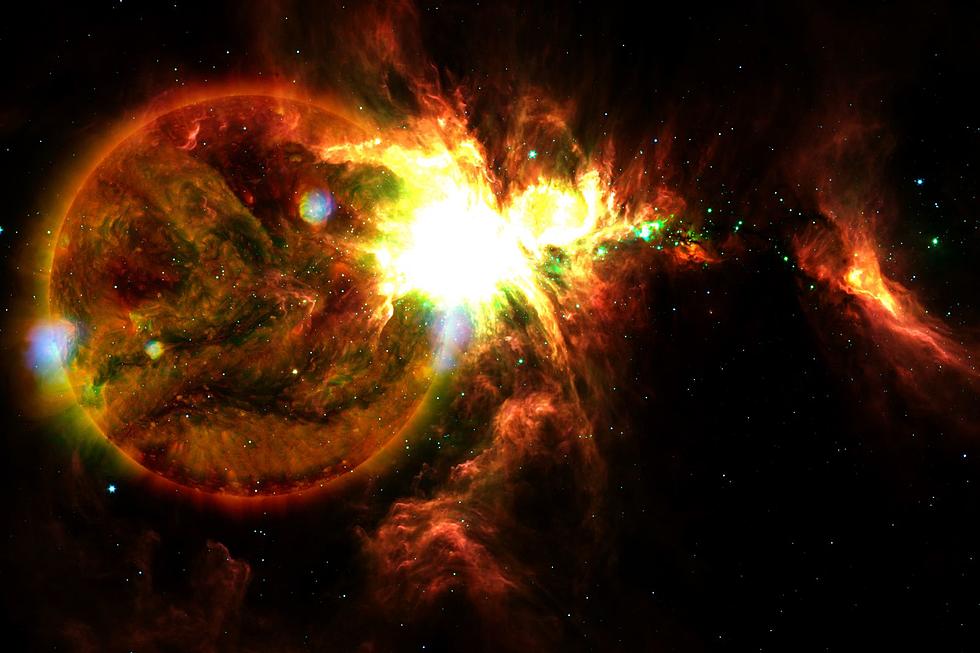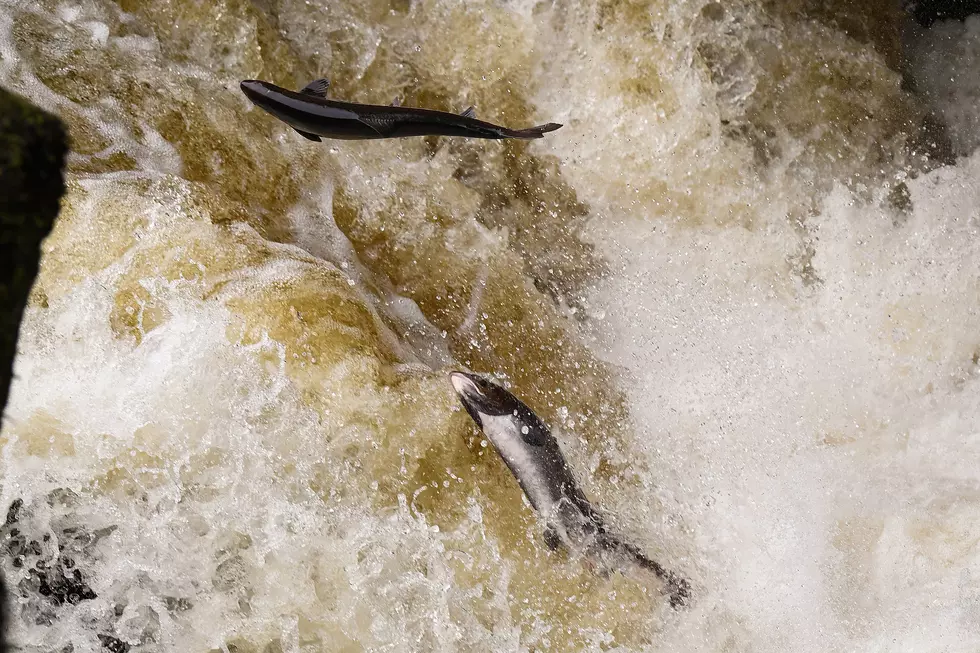
Washington State Could (Maybe) See an Aurora Come Sunday
Two M-Class solar flares have combined and will impact Earth sometime Sunday.
The first flare occurred on Thursday, toward the center of the Earth-facing sun. The estimate is for a direct, albeit a mild impact from the M-Class event. However, late Thursday night, another M-Class flare erupted on the right departing region. This flare was far longer in duration and produced a far wider coronal mass ejection that the previous.
Initial predictions were that the two would strike concurrently, though the ENLIL spiral from NOAA has been updated to show that the two have combined, as the second CME was much faster than the first. When they impact, we will have a chance at a mid-to-high level geomagnetic storm conditions.
Also, as a consequence of the latter solar flare, we are now experiencing a proton storm which hit the inner-planetary magnetic fields which connect the Earth and Sun on Thursday night. This is sending a surge of those particles our way. As of the writing of this article the proton storm is just above warning levels, but the incoming impact is sure to send that level much higher.
So far, there hasn't been any impact on the Kp levels on Earth, but all of that will change once the two coronal mass ejections impact our magnetic field. If the impact is great enough and strikes in the right way, we could see the Kp index rise as high as a level seven. Typically, a level seven event wouldn't be enough for an aurora borealis to be available in more southern reaching latitudes such as Washington state. However, with the continued weakening of said magnetic field, the chances for a visible aurora here in the Evergreen State are dramatically increased.
In past events just this year, we have seen aurora visible as far south as the Southern United States.
10 Barrel Brewing Company Pub Beer Cookbook
Gallery Credit: Kyle Matthews
More From 610 KONA









